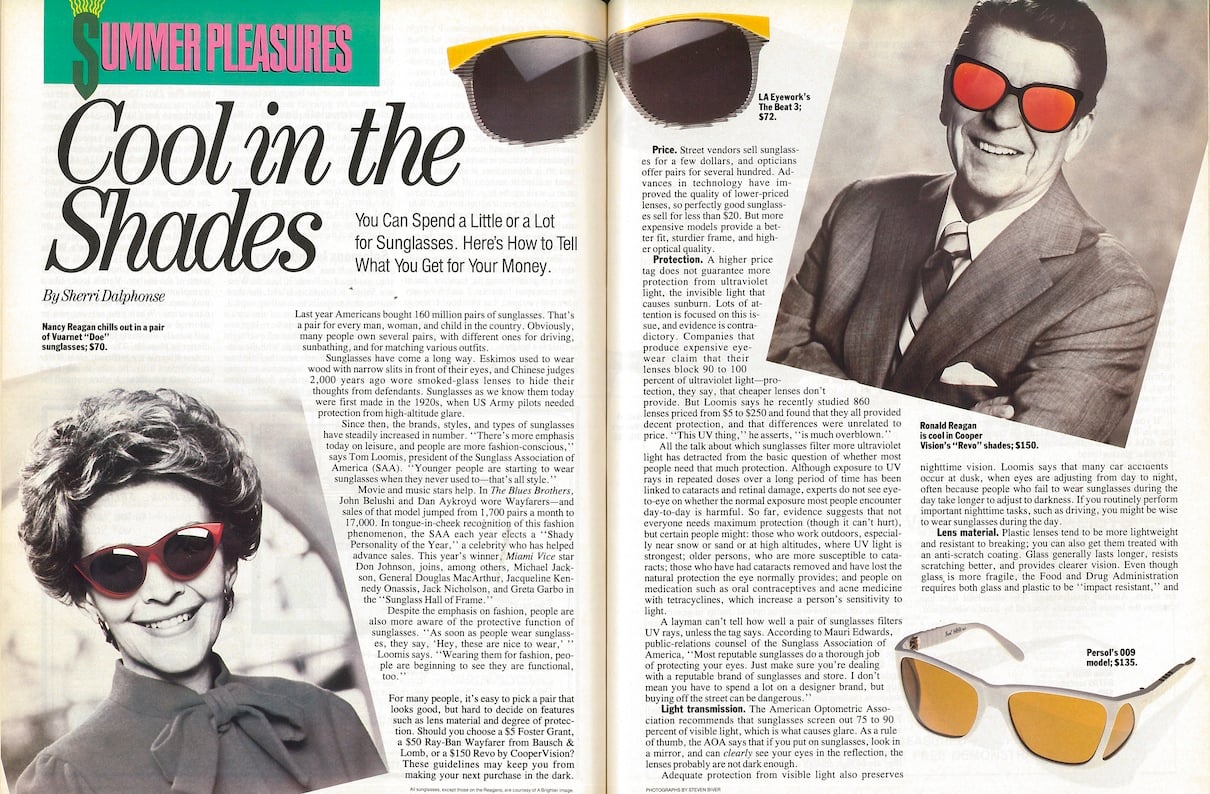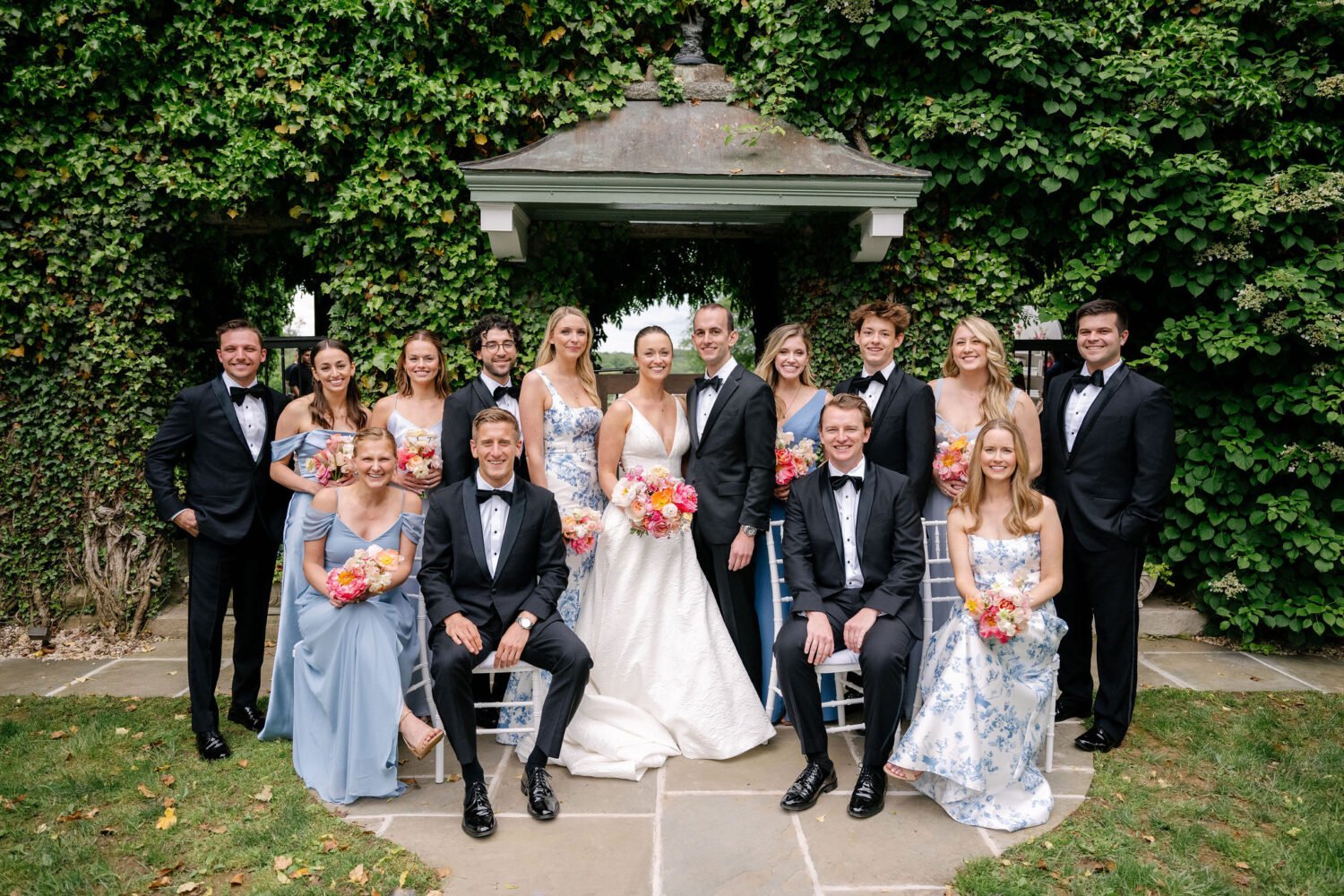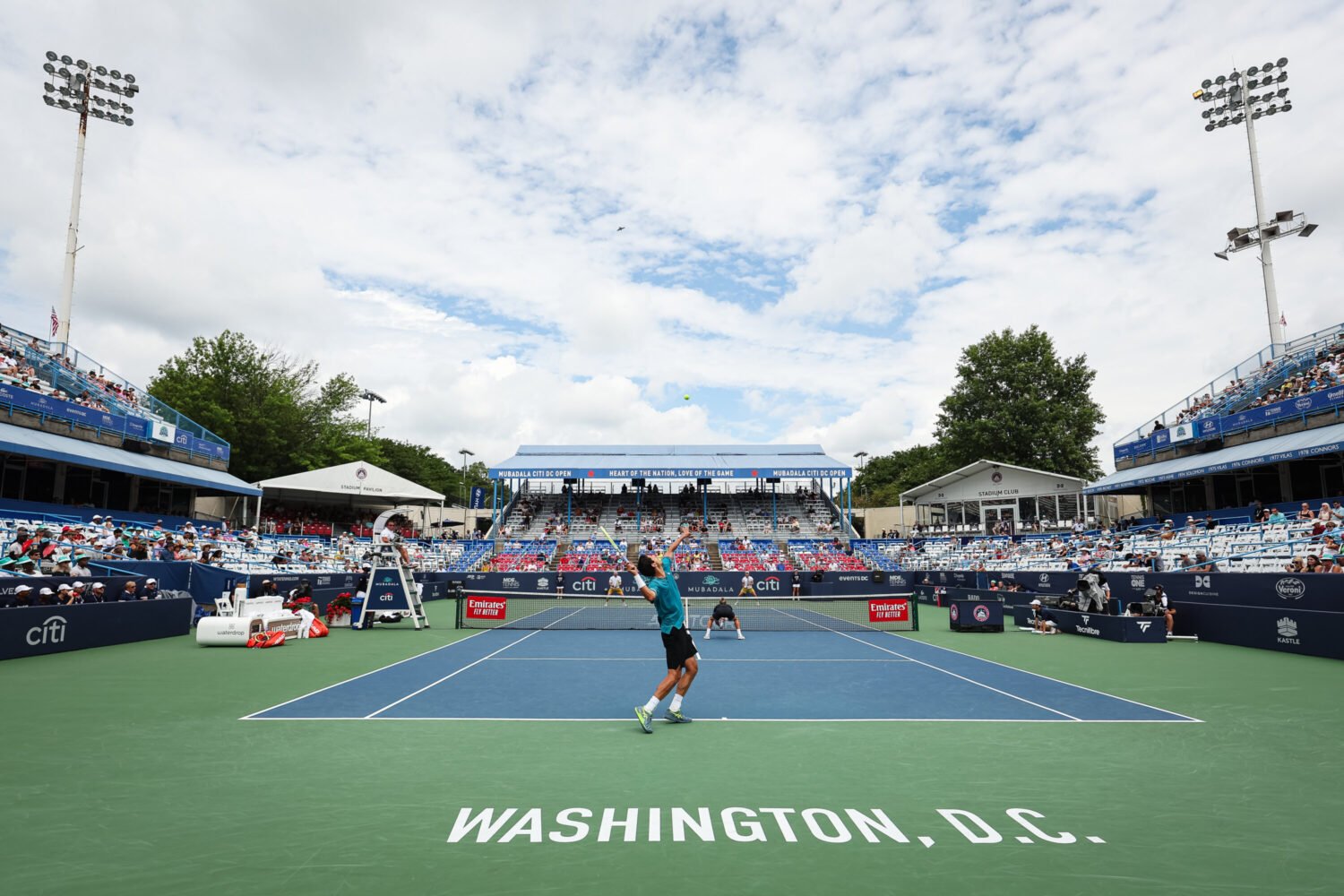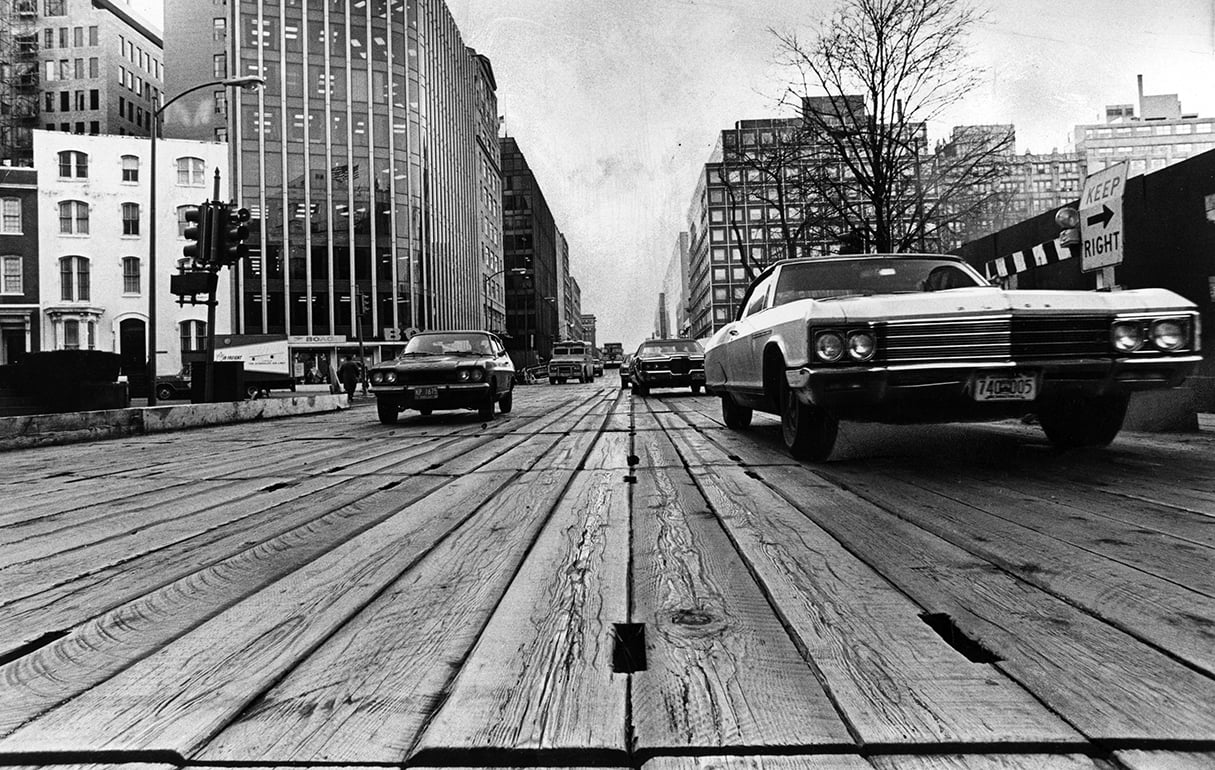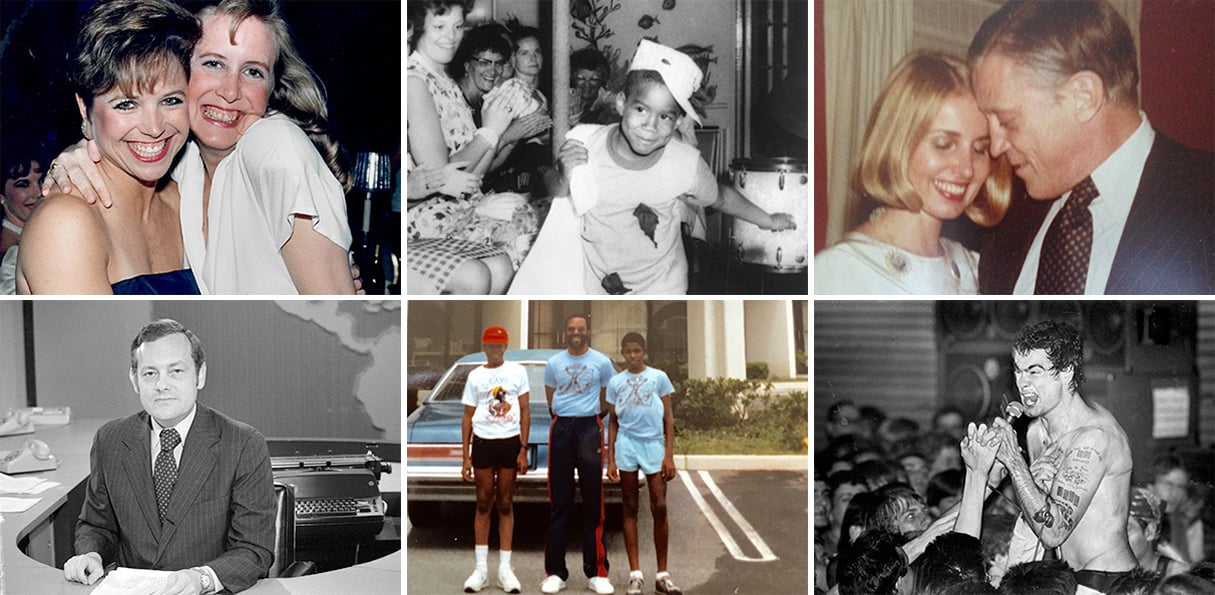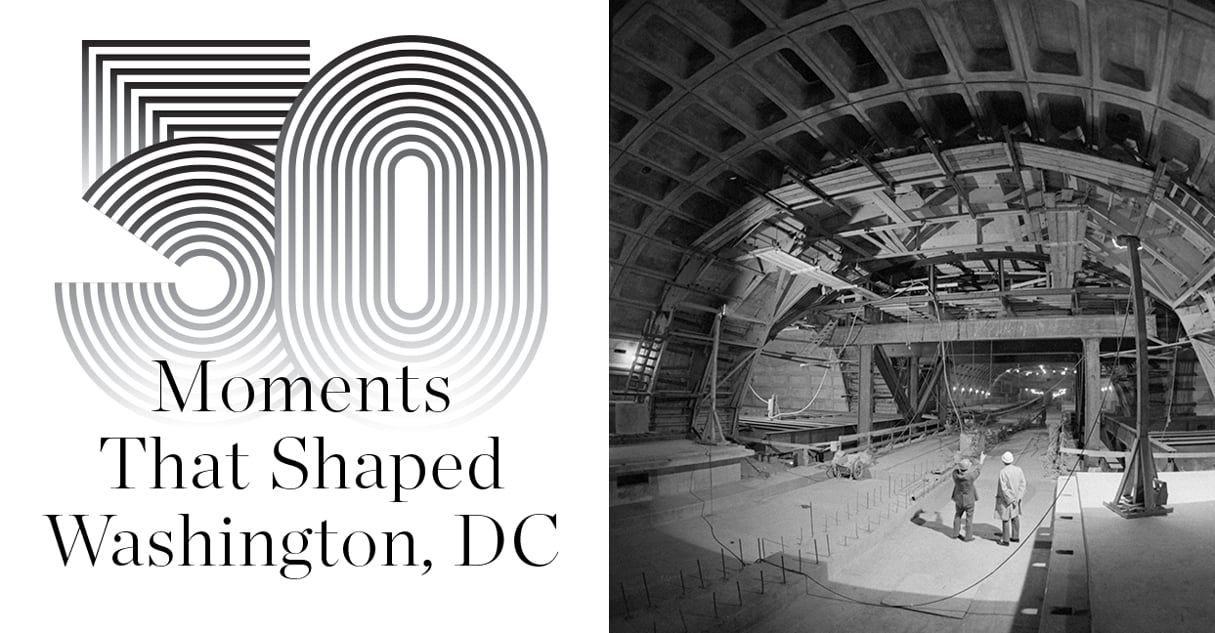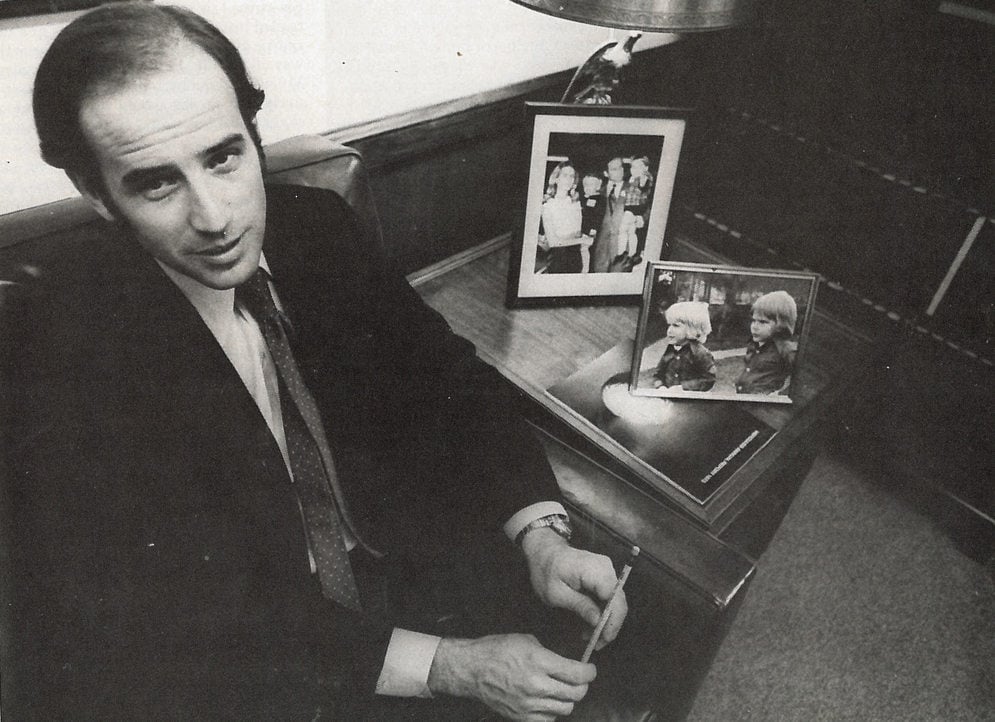I’d been on the staff of the Washingtonian just five months when a story I did solicited a peevish letter from the White House.
It was June of 1986, and I was a young assistant editor. I’d written a straightforward article for that month’s issue about buying sunglasses–answering such burning questions as whether to opt for plastic or glass lenses, and what color lens tint is best. It was a typical consumer-service piece, one that would generally have been illustrated with photos of stylish sunglasses.
Except that our design team had a different vision. Why not put trendy shades on some famous faces? That would surely attract the eyes of readers flipping through the magazine. And in the mid-1980s, in Washington, few faces were more famous than President and Mrs. Ronald Reagan.
Photographer Steven Biver got existing black-and-white photographs of the Reagans, blew them up to life-size, poked holes in the photos to slip on the designer frames I’d chosen–a hip pair of $150 Cooper Vision shades called “Revo” for the President, and a $70 pair of Vuarnet cat-eyes called “Doe” for the First Lady–then took pictures of the result.
When “Cool in the Shades” ran, the White House was not amused. Or, at least, the Counsel to the President, Peter J. Wallison, was not amused. In a letter to our editor, Jack Limpert, Wallison wrote: “It has been a long-standing policy of this and previous administrations to prohibit the use of the name or likeness of the President, the First Lady, or the White House in advertising or commercial promotion in any way that suggests a connection between the President or First Lady and such advertising or promotion. This policy has been publicized for many years by the Council of Better Business Bureaus and is set forth in Sections 235 and 236 of the Better Business Bureau Code of Advertising. I am sure that you were unaware of this policy and anticipate that you will cooperate with it in the future.”
The letter, which we printed in our July 1986 issue, brought even more attention to the June article. Several local and national newspapers and magazines published items about the White House reaction, including the Washington Post, the Washington Times, Advertising Age, and the New York Times.
“We were just trying to have some fun, not sell sunglasses,” Limpert told the New York Times, “but it seems the White House would rather write letters.”

